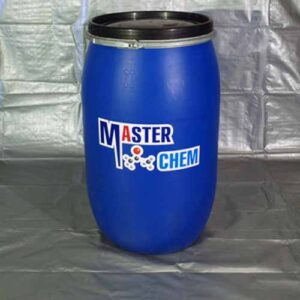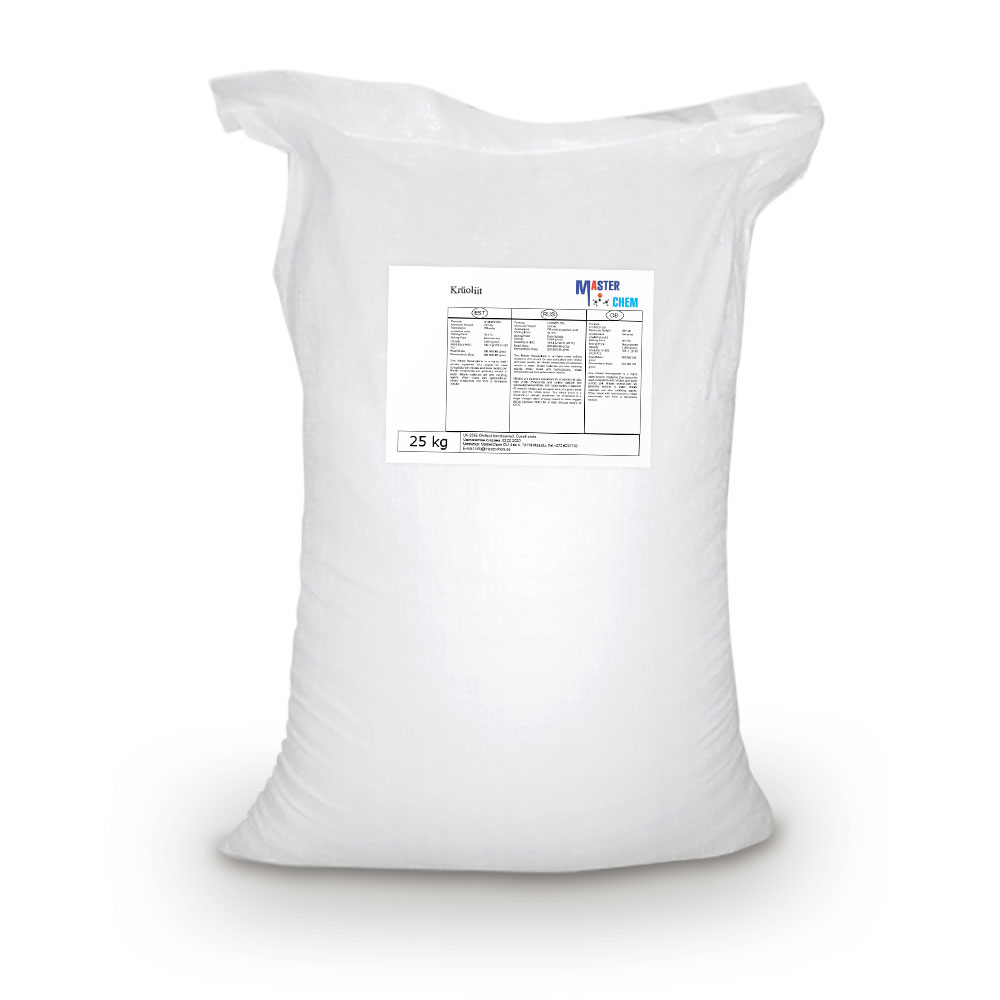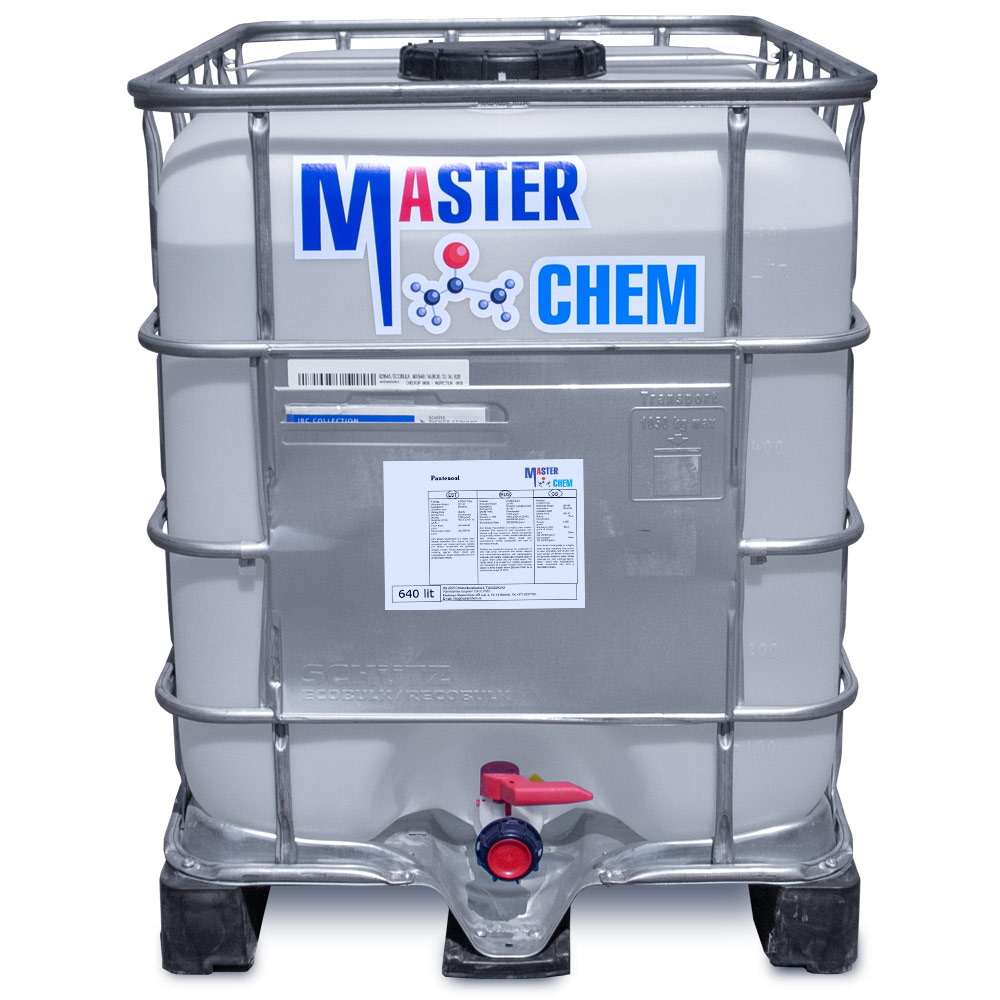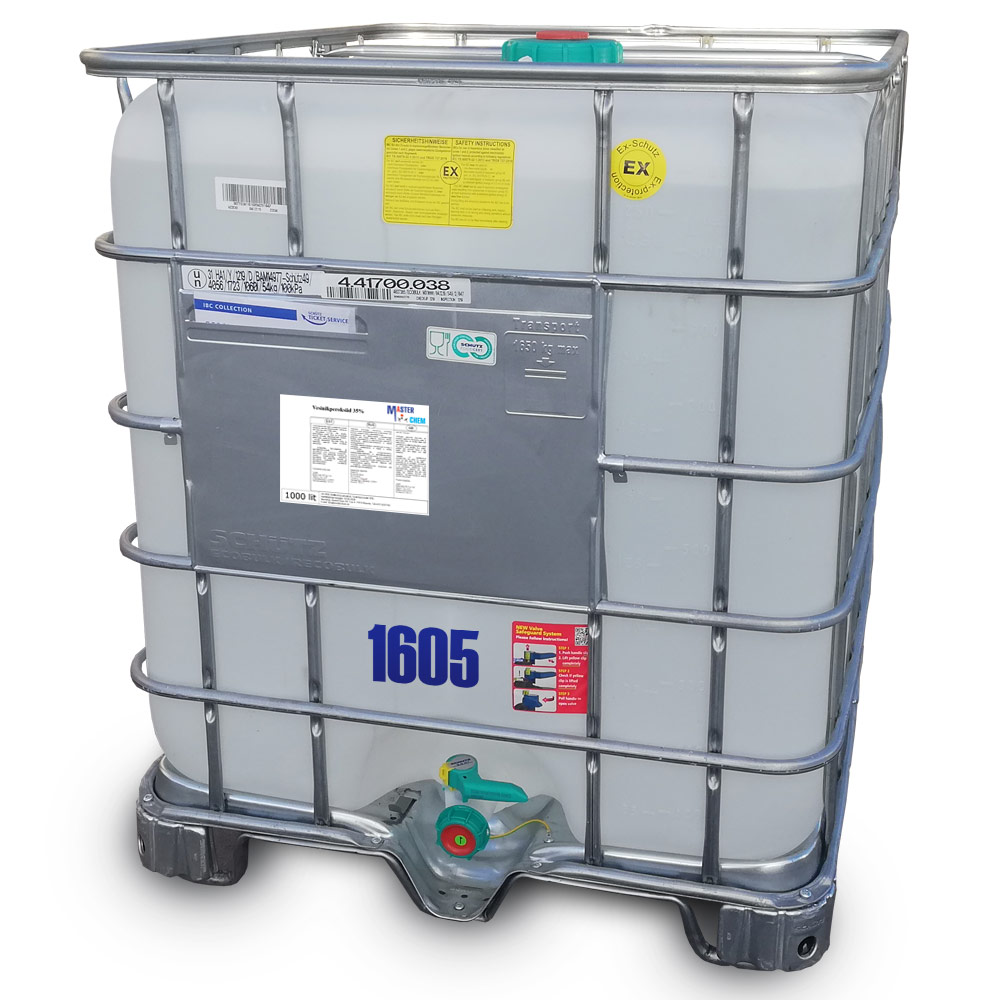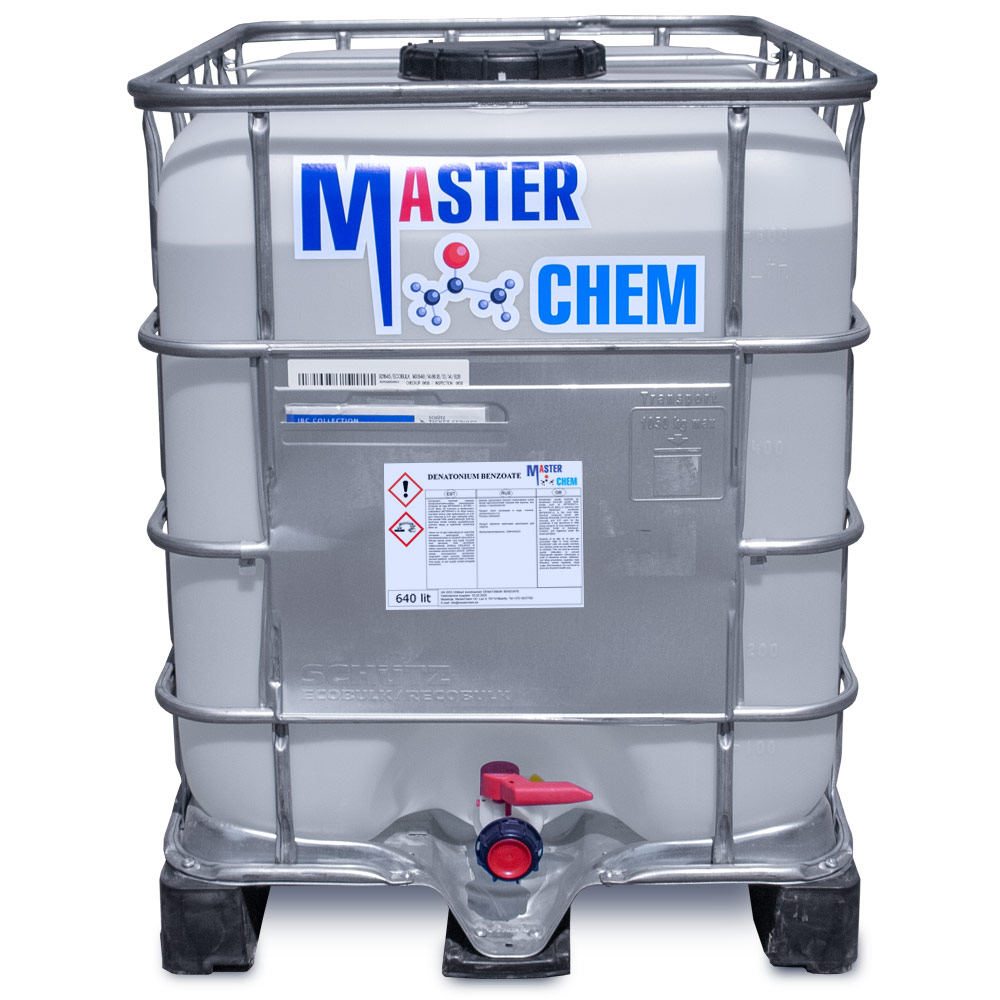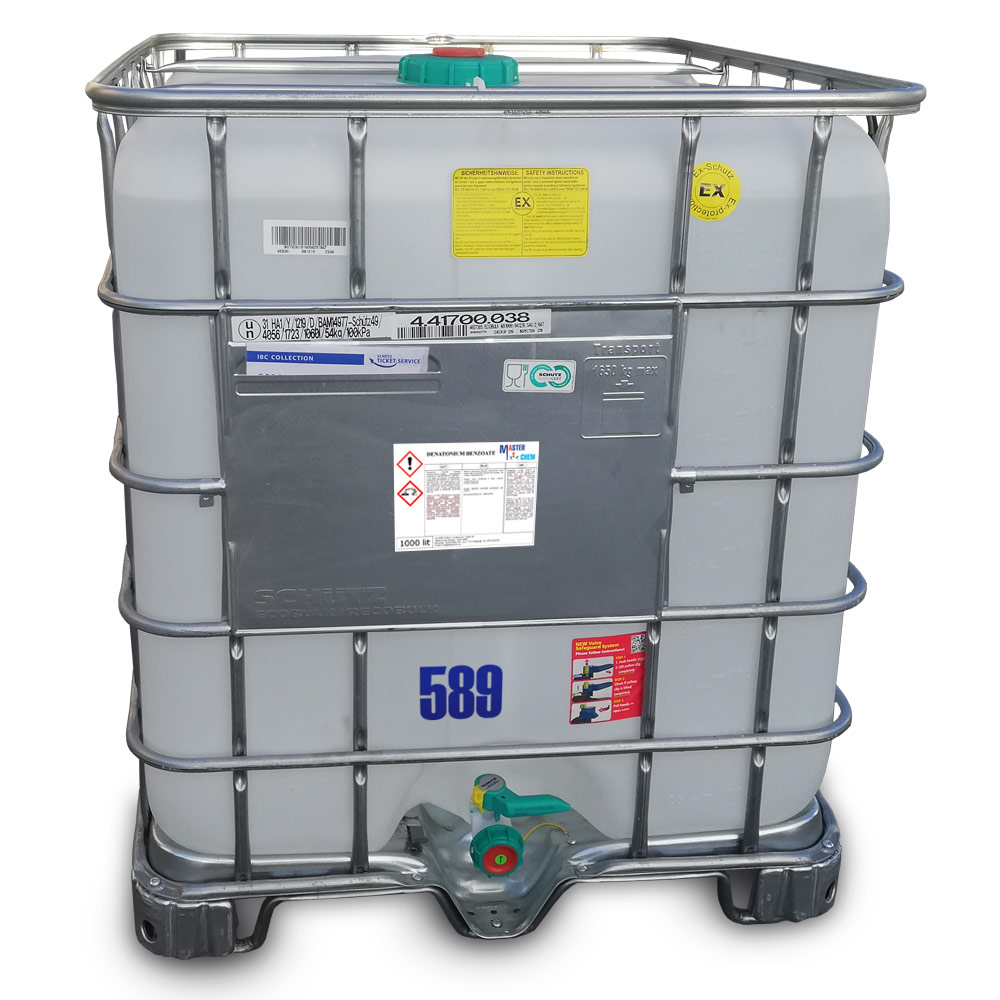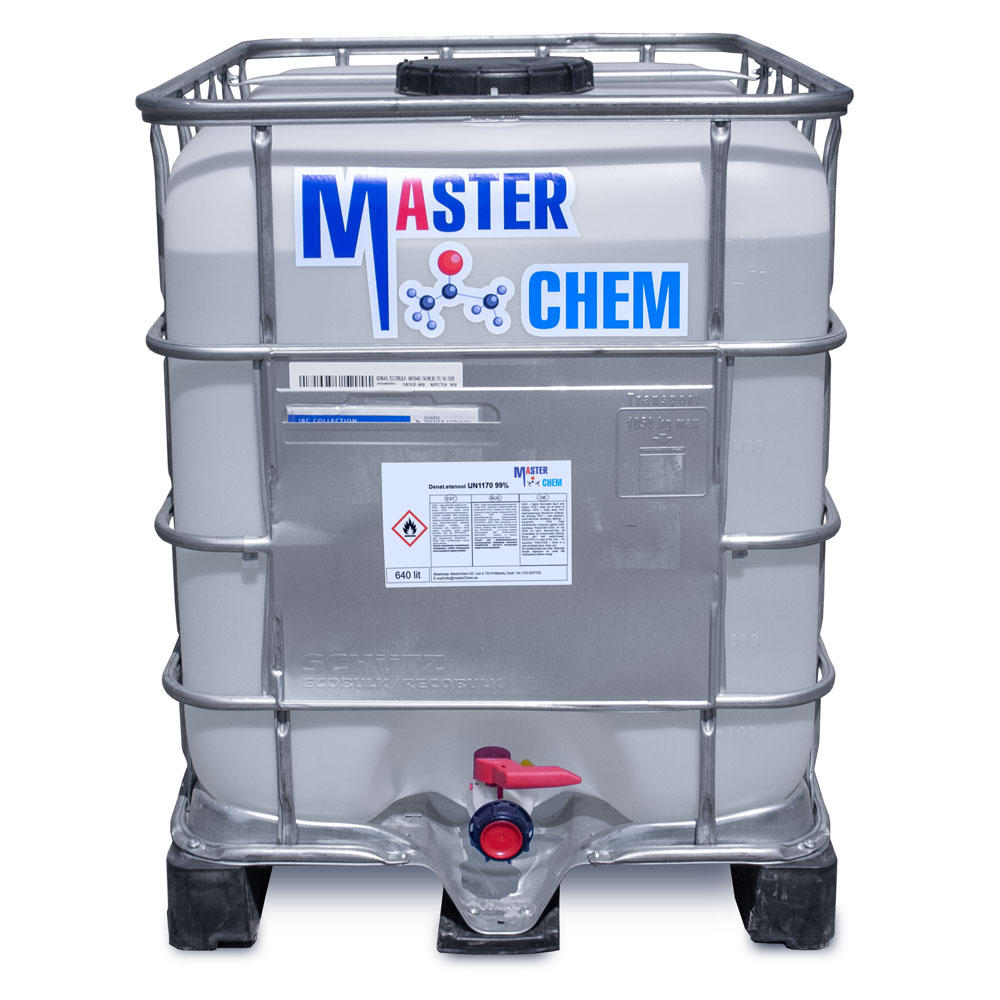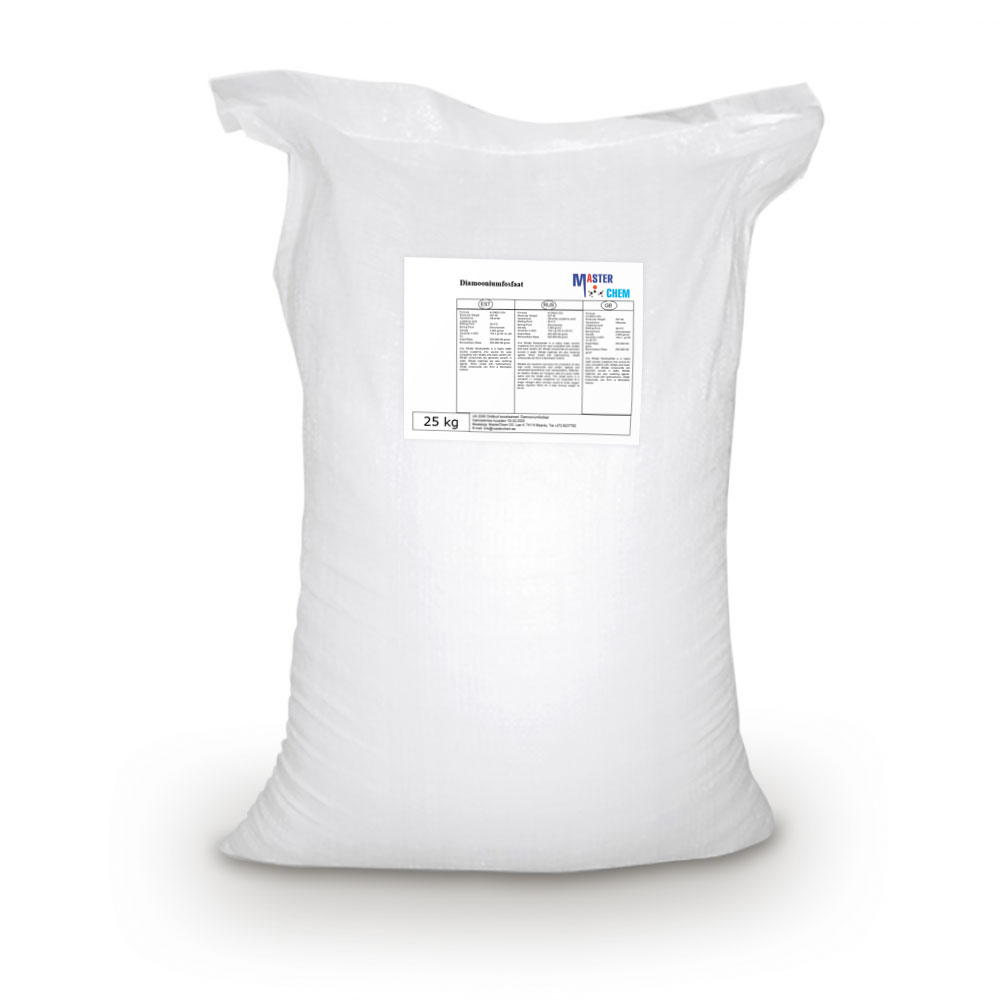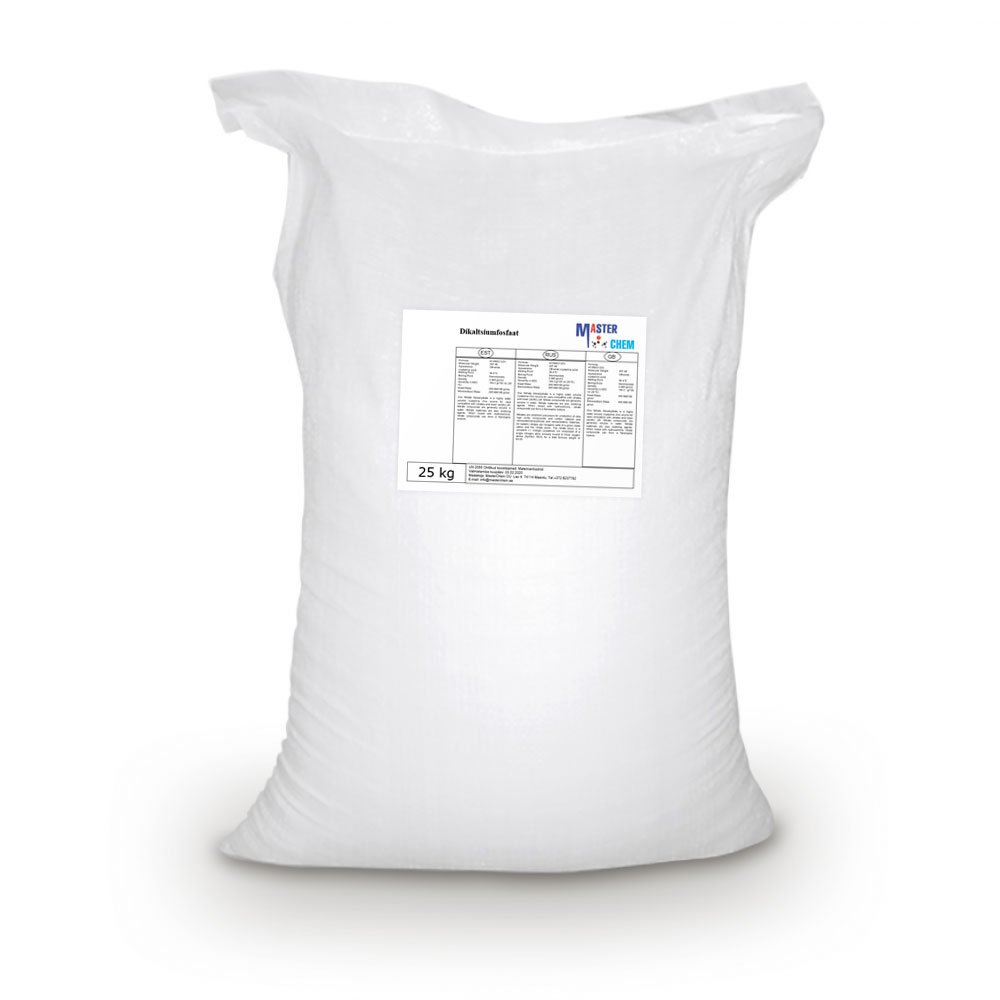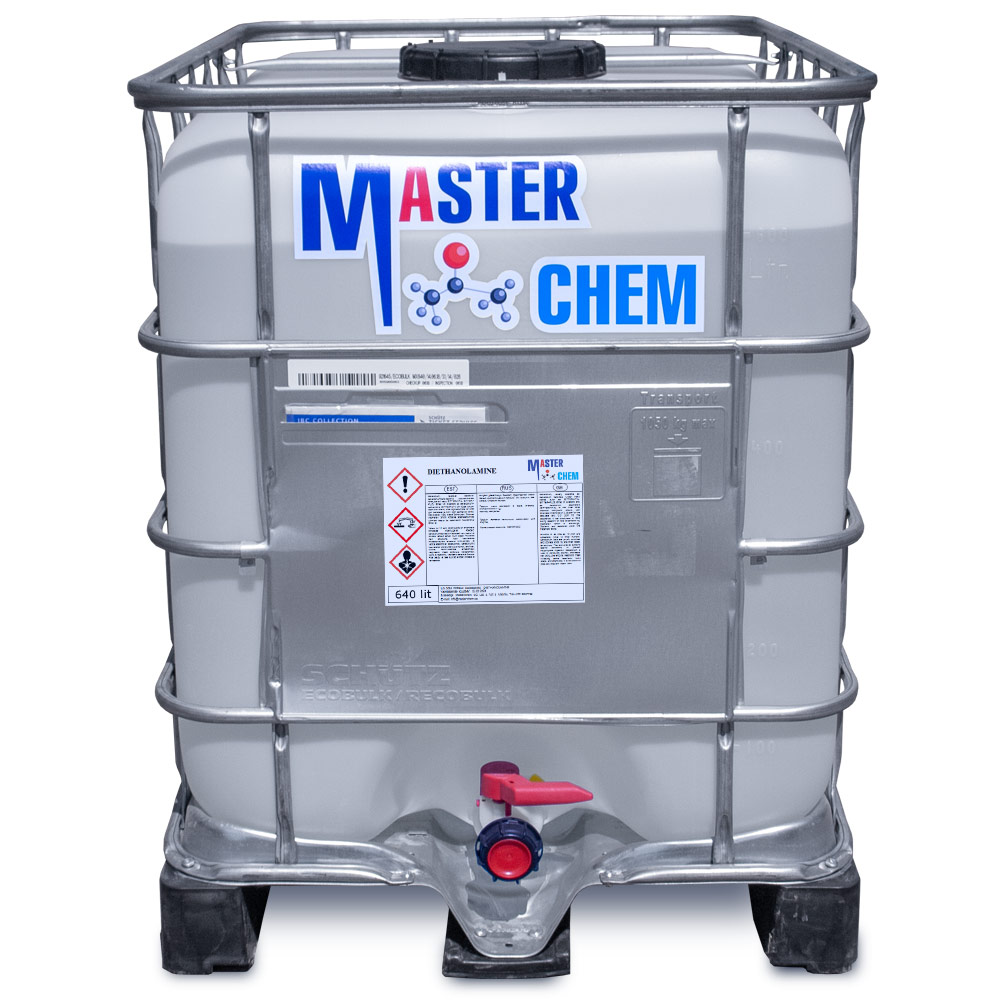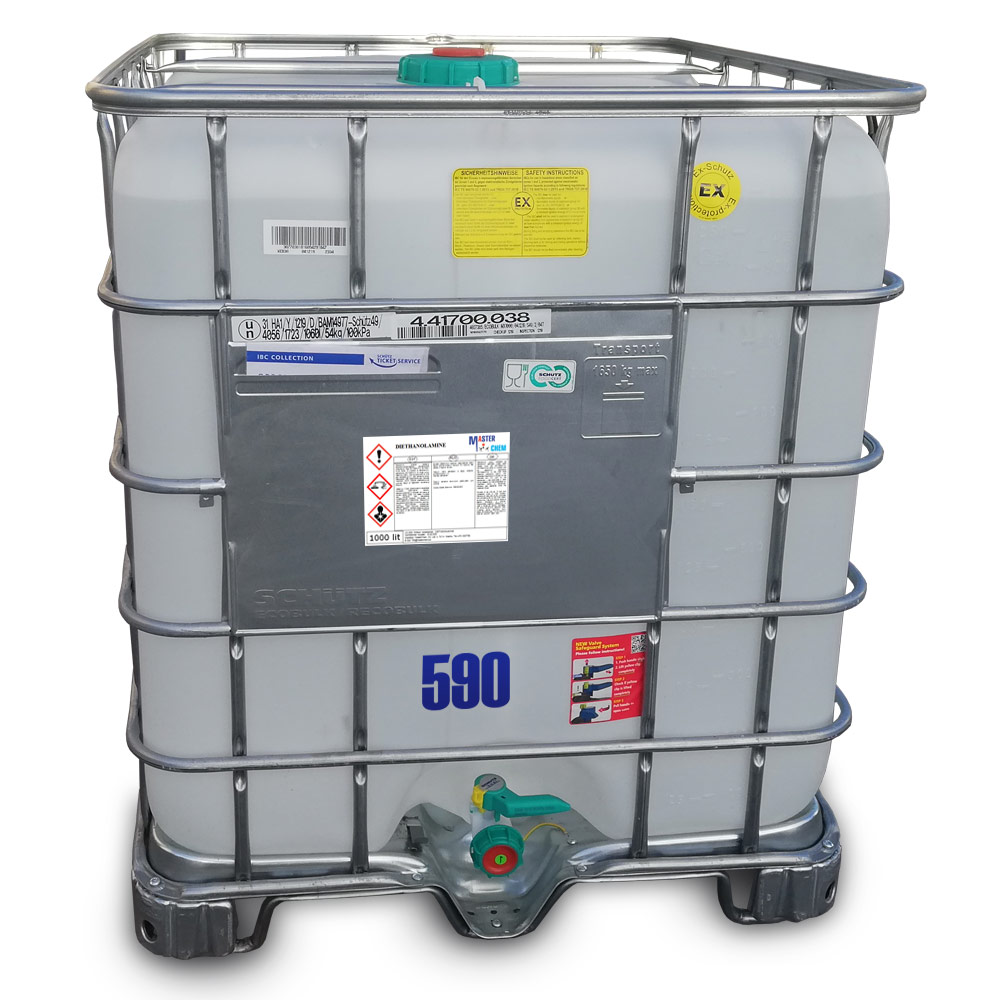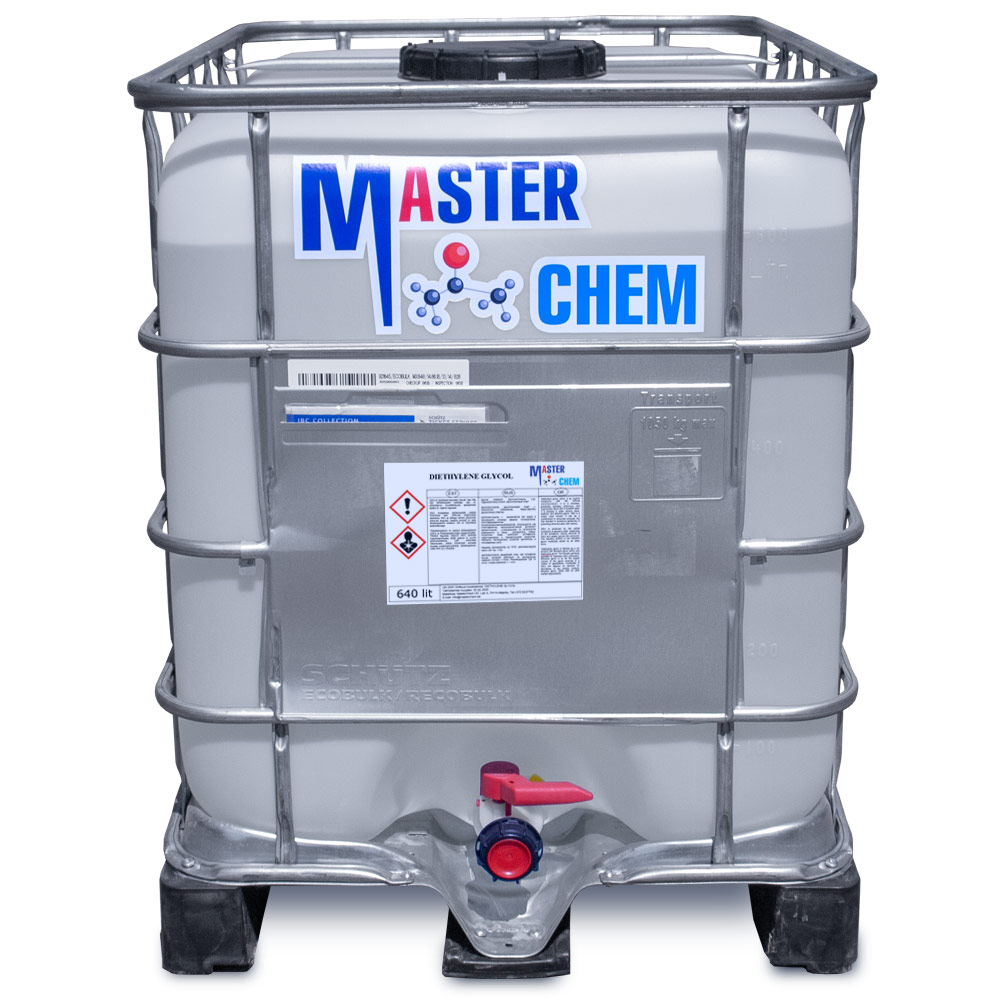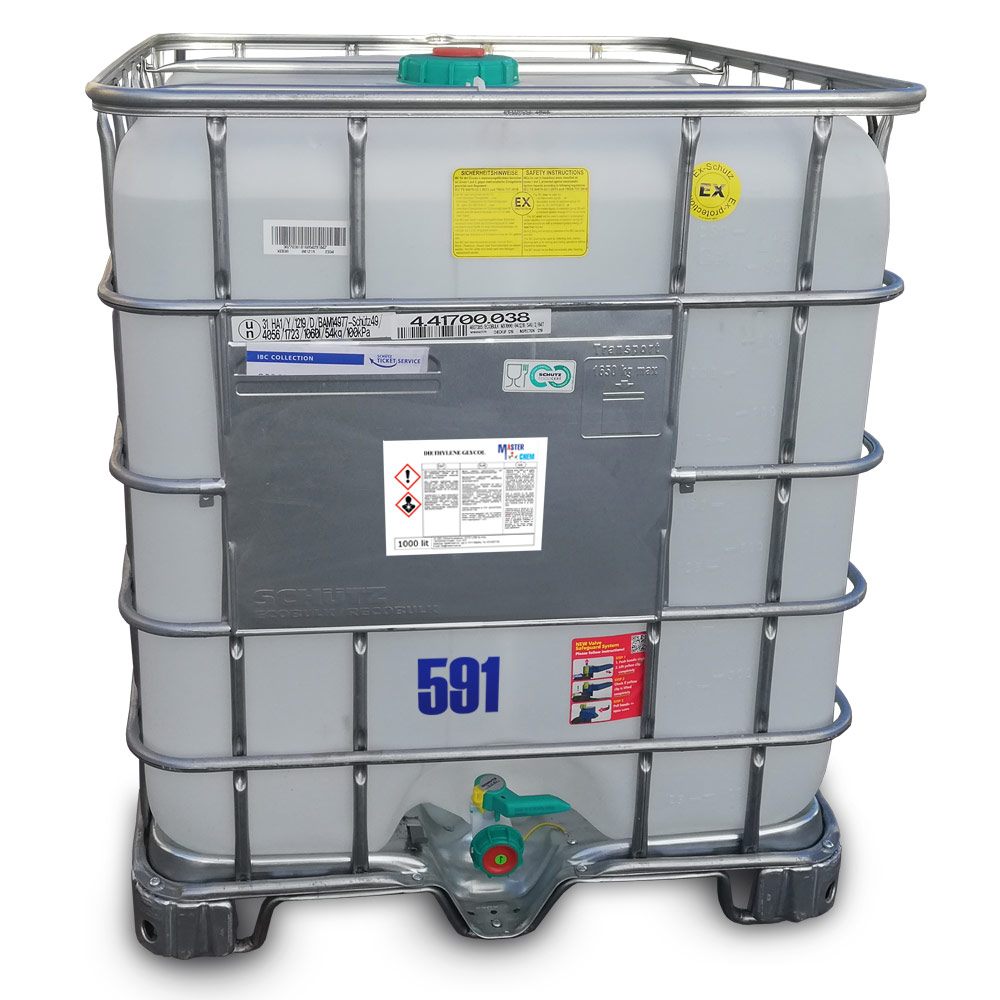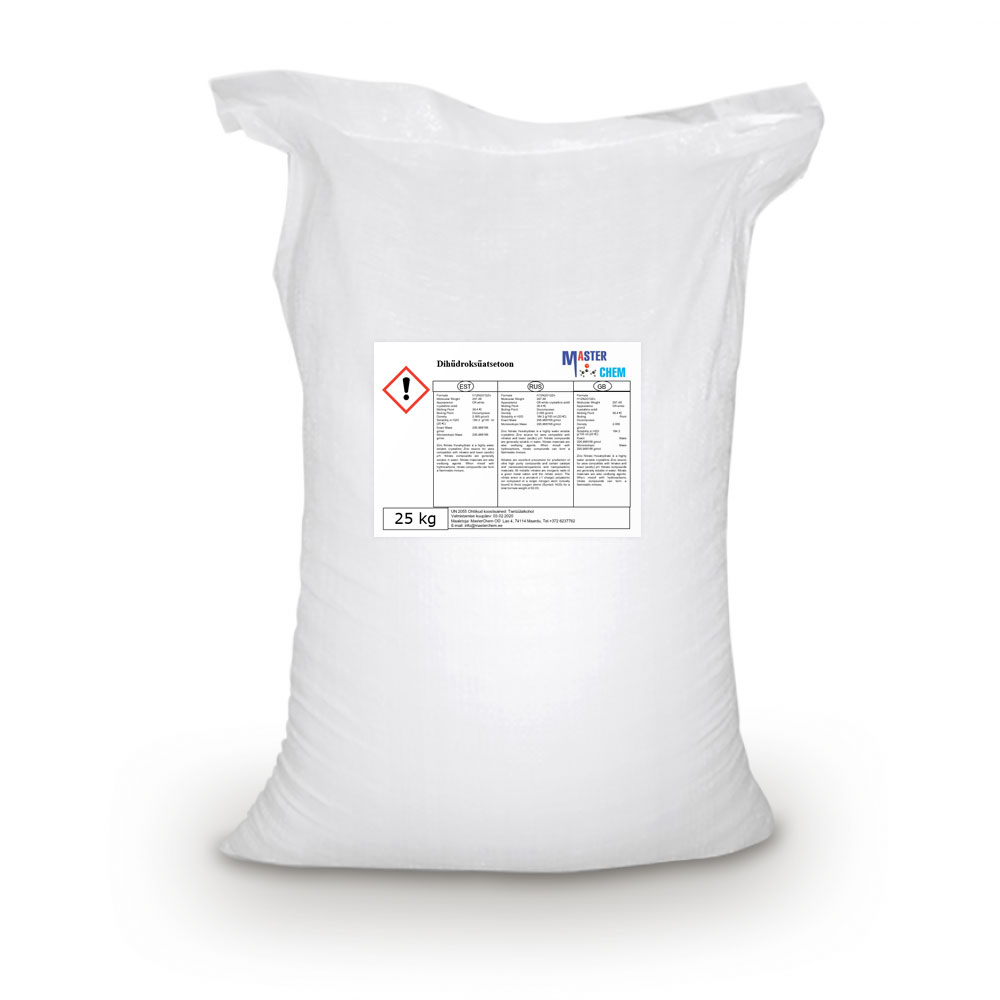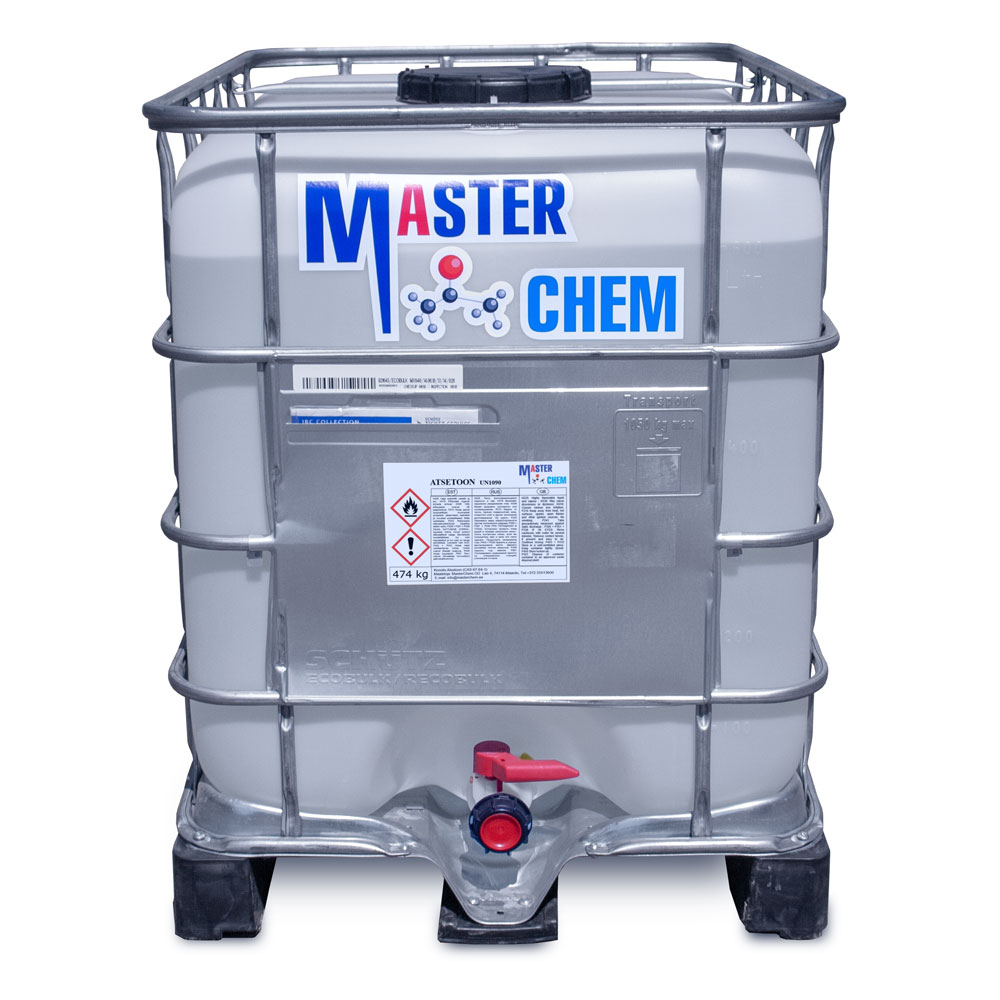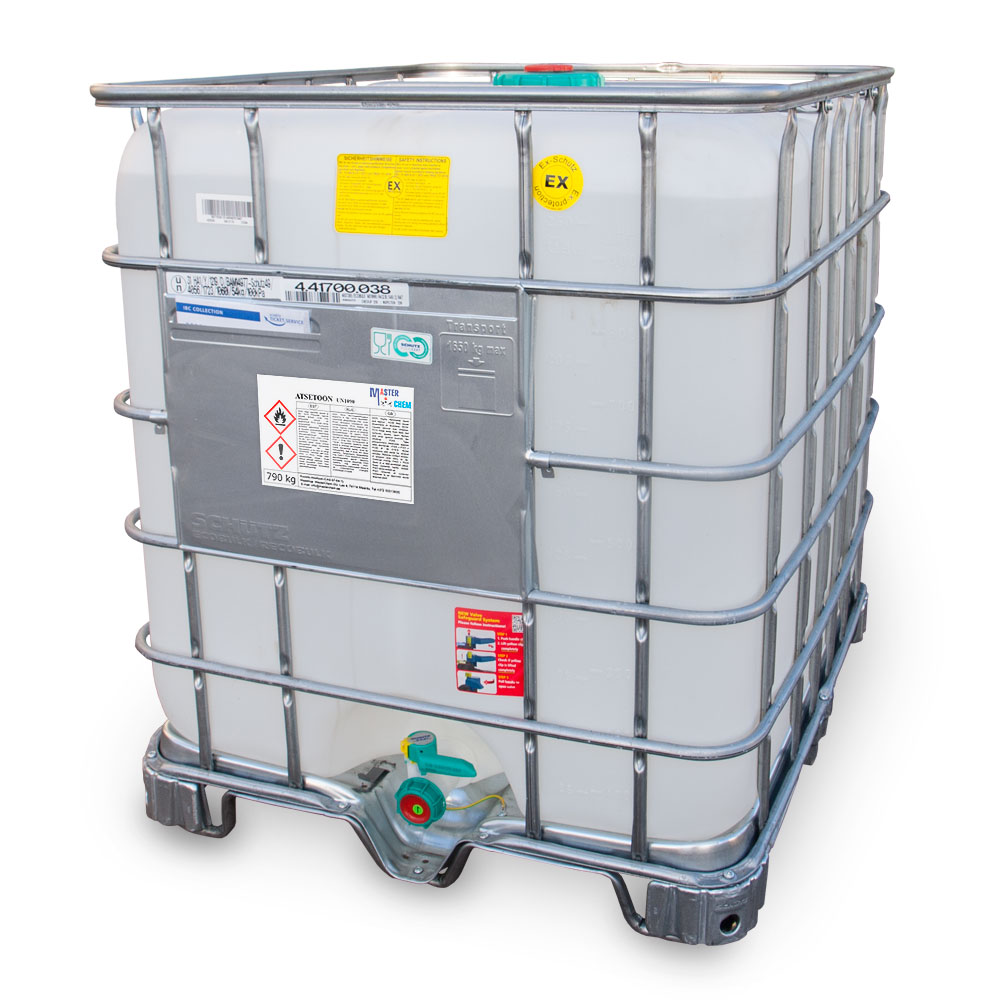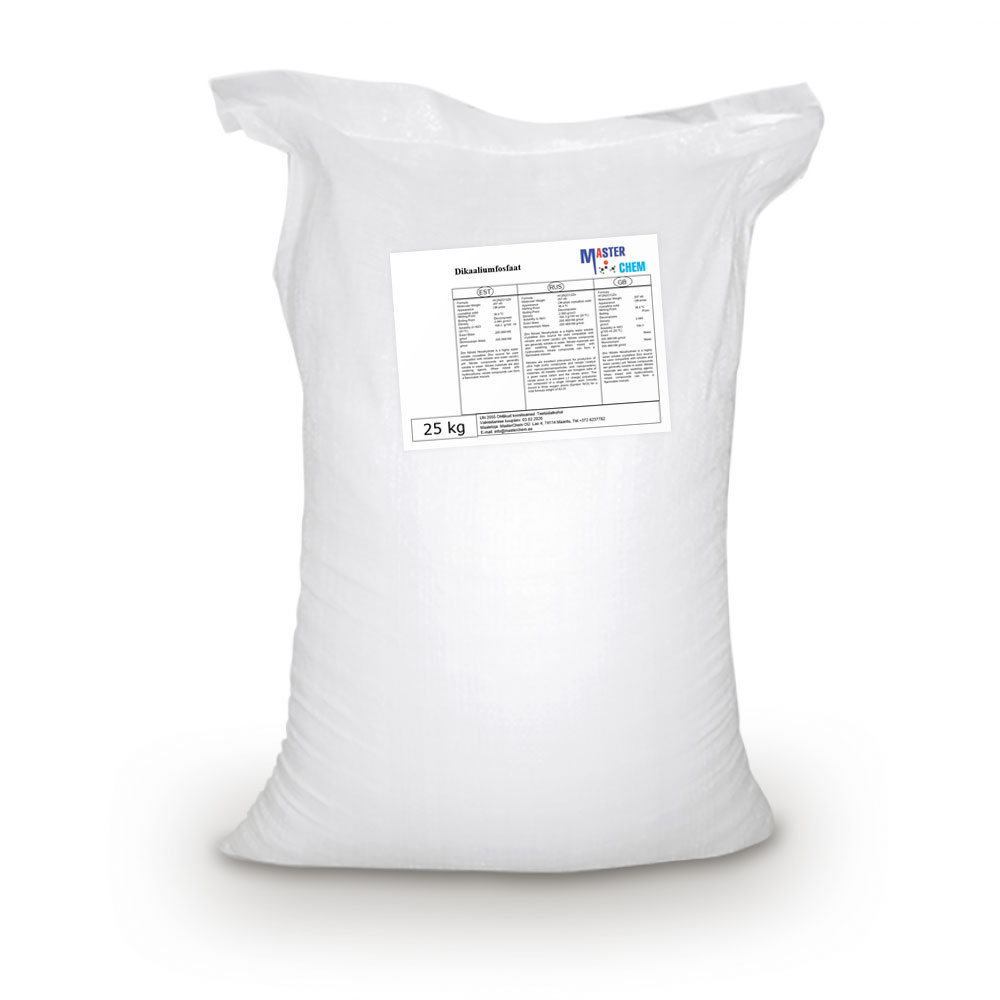Total: €40.00
Cryolite (CAS 13775-53-6)
Cryolite (CAS 13775-53-6)
Sodium hexafluoroaluminate is a biochemical for proteomics research. It is used as a flux agent or bath material by aluminum smelters in the production of aluminum. It is also used in the production of synthetic resins for abrasives and in the manufacture of cutting or grinding discs. Minor uses are as a coloring agent (opacifier) in the glass, ceramic and pyrotechnic industries. It occurs naturally as the mineral cryolite, which is used extensively in the industrial production of aluminium.
Store in cool place. Keep container tightly closed in a dry and well-ventilated place. Store at room temperature.
D-Panthenol (CAS 81-13-0)
D-Panthenol (CAS 81-13-0)
Panthenol (also called pantothenol) is the alcohol analog of pantothenic acid (vitamin B5), and is thus a provitamin of B5. In organisms, it is quickly oxidized to pantothenic acid. It is a viscous transparent liquid at room temperature. Panthenol is used in pharmaceutical and cosmetic products as a moisturizer and to improve wound healing.
Panthenol is an odourless, slightly bitter, highly viscous, transparent, and colourless liquid at room temperature, but salts of pantothenic acid (for example sodium pantothenate) are powders that are typically white. It is easily soluble in water and alcohol, moderately soluble in diethyl ether, soluble in chloroform (1:100), in propylene glycol, and slightly soluble in glycerin.
Diammonium Phosphate (CAS 7783-28-0)
Diammonium Phosphate (CAS 7783-28-0)
Diammonium phosphate (DAP; IUPAC name diammonium hydrogen phosphate; chemical formula (NH4)2(HPO4) is one of a series of water-soluble ammonium phosphate salts that can be produced when ammonia reacts with phosphoric acid.
According to the diammonium phosphate MSDS from CF Industries, Inc., decomposition starts as low as 70 °C: “Hazardous Decomposition Products: Gradually loses ammonia when exposed to air at room temperature. Decomposes to ammonia and monoammonium phosphate at around 70 °C (158 °F). At 155 °C (311 °F), DAP emits phosphorus oxides, nitrogen oxides and ammonia.”
Dicalcium Phosphate (CAS 7757-93-9)
Dicalcium Phosphate (CAS 7757-93-9)
Dicalcium phosphate is the calcium phosphate with the formula CaHPO4 and its dihydrate. The “di” prefix in the common name arises because the formation of the HPO42– anion involves the removal of two protons from phosphoric acid, H3PO4. It is also known as dibasic calcium phosphate or calcium monohydrogen phosphate. Dicalcium phosphate is used as a food additive, it is found in some toothpastes as a polishing agent and is a biomaterial.
Dibasic calcium phosphate is mainly used as a dietary supplement in prepared breakfast cereals, dog treats, enriched flour, and noodle products. It is also used as a tableting agent in some pharmaceutical preparations, including some products meant to eliminate body odor. Dibasic calcium phosphate is also found in some dietary calcium supplements (e.g. Bonexcin). It is used in poultry feed. It is also used in some toothpastes as a tartar control agent.
Diethanolamine (CAS 111-42-2)
Other names: Bis(hydroxyethyl)amine, N,N-Bis(2-hydroxyethyl)amine, 2,2′-Dihydroxydiethylamine, β,β’-Dihydroxydiethylamine, Diolamine, 2-[(2-Hydroxyethyl)amino]ethanol, 2,2′-Iminobisethanol, Iminodiethanol, Di(2-hydroxyethyl)amine, bis(2-Hydroxyethyl)amine, 2,2′-Iminodiethanol
DEA is used as a surfactant and a corrosion inhibitor. It is used to remove hydrogen sulfide and carbon dioxide from natural gas.
In oil refineries, a DEA in water solution is commonly used to remove hydrogen sulfide from sour gas. It has an advantage over a similar amine ethanolamine in that a higher concentration may be used for the same corrosion potential. This allows refiners to scrub hydrogen sulfide at a lower circulating amine rate with less overall energy usage.
DEA is a chemical feedstock used in the production of morpholine.
CAS 111-42-2
Diethylene glycol (CAS 111-46-6)
Other names: 2,2′-Oxydi(ethan-1-ol), 2,2′-Oxybis(ethan-1-ol), 2-(2-Hydroxyethoxy)ethan-1-ol, Diethylene glycol, Ethylene diglycol, Diglycol, 2,2′-Oxybisethanol, 2,2′-Oxydiethanol, 3-Oxa-1,5-pentanediol, Dihydroxy diethyl ether
Diethylene glycol (DEG) is an organic compound with the formula (HOCH2CH2)2O. It is a colorless, practically odorless, poisonous, and hygroscopic liquid with a sweetish taste. It is miscible in water, alcohol, ether, acetone, and ethylene glycol.DEG is a widely used solvent. It can be a contaminant in consumer products; this has resulted in numerous epidemics of poisoning since the early 20th century.
CAS 111-46-6
Dihydroxyacetone (CAS 96-26-4)
Dihydroxyacetone (CAS 96-26-4)
Dihydroxyacetone, also known as glycerone, is a simple saccharide (a triose) with formula C3H6O3.
DHA is primarily used as an ingredient in sunless tanning products. It is often derived from plant sources such as sugar beets and sugar cane, and by the fermentation of glycerin.
DHA is a hygroscopic white crystalline powder. It has a sweet cooling taste and a characteristic odor. It is the simplest of all ketoses and has no chiral center or optical activity. The normal form is a dimer (2,5-bis(hydroxymethyl)-1,4-dioxane-2,5-diol) which is slowly soluble in one part water and 15 parts ethanol. When freshly prepared, it reverts rapidly to the monomer in solution.
Dimethylformamide (CAS 68-12-2)
Dimethylformamide (CAS 68-12-2)
Dimethylformamide is an organic compound with the formula (CH3)2NC(O)H. Commonly abbreviated as DMF (although this initialism is sometimes used for dimethylfuran, or dimethyl fumarate), this colourless liquid is miscible with water and the majority of organic liquids. DMF is a common solvent for chemical reactions. Dimethylformamide is odorless, but technical-grade or degraded samples often have a fishy smell due to impurity of dimethylamine. Dimethylamine degradation impurities can be removed by sparging samples with an inert gas such as argon or by sonicating the samples under reduced pressure. As its name indicates, it is structurally related to formamide, having two methyl groups in the place of the two hydrogens. DMF is a polar (hydrophilic) aprotic solvent with a high boiling point. It facilitates reactions that follow polar mechanisms, such as SN2 reactions.
Dipotassium Phosphate (CAS 7758-11-4)
Dipotassium Phosphate (CAS 7758-11-4)
Dipotassium phosphate (K2HPO4) (also dipotassium hydrogen orthophosphate; potassium phosphate dibasic) is the inorganic compound with the formula K2HPO4.(H2O)x (x = 0, 3, 6). Together with monopotassium phosphate (KH2PO4.(H2O)x), it is often used as a fertilizer, food additive, and buffering agent. It is a white or colorless solid that is soluble in water.
As a food additive, dipotassium phosphate is used in imitation dairy creamers, dry powder beverages, mineral supplements, and starter cultures. It functions as an emulsifier, stabilizer and texturizer; it also is a buffering agent, and chelating agent especially for the calcium in milk products.
As a food additive, dipotassium phosphate is categorized by the United States Food and Drug Administration as generally recognized as safe (GRAS).

